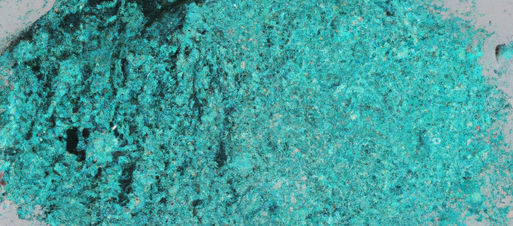
In this lesson plan, students explore the interplay between ink production, nature, and literature during the English Renaissance. They analyze quotes from early modern literature mentioning ink and paper, engage in hands-on activities to understand the process of ink making, and explore the historical context of ink ingredients. Through discussions and a writing activity using quills and homemade ink, students deepen their understanding of how ink production shaped attitudes towards writing and literature in this period. This lesson highlights the significance of material culture and historical context in interpreting Renaissance literature.
Student Reflections
Check out what students and workshop attendees are saying! They consistently share how the workshop has changed the way they think about text and writing from the Middle Ages and Early Modern period. Their comments highlight the workshop's impact, showing how it helps them see this period in a whole new light.
Of course, the best part of this week was definitely the ink making. When I think of ink I always just think of chemicals. While there are chemical reactions, most of what goes into ink is natural in some form. Not only was the presentation educational, but it was also fun to make the ink.
My favorite thing this week was absolutely the ink-making presentation. The past comes alive (and literature like Gerard's Herball comes more alive) when you get to put your hands on novel materials that were 'old hat' to the people of that time period…. To write was a very material, almost earthy thing, as you were using materials directly seen in nature, sometimes even made by your hand, like paper and galls.
I loved the hands-on learning that we got to experience. It seemed so relevant to what we have been reading in class. Getting to see the process really made me realize how special writing was in that time because ink was so precious to so many people.












